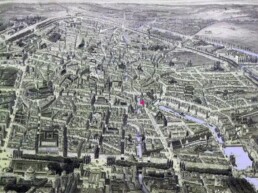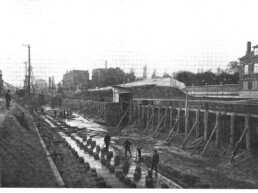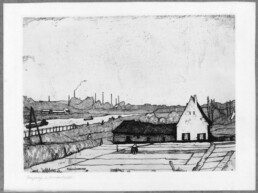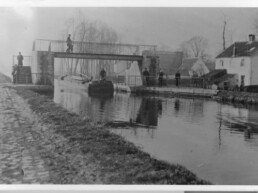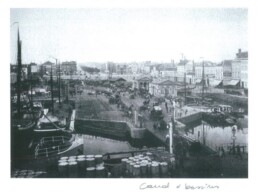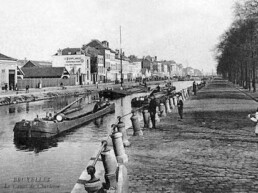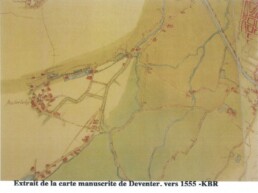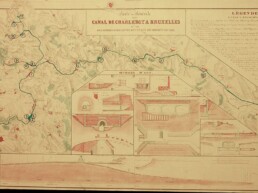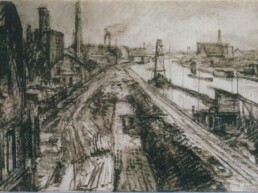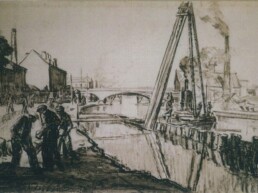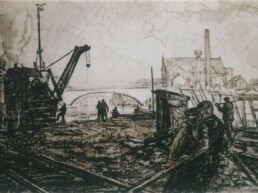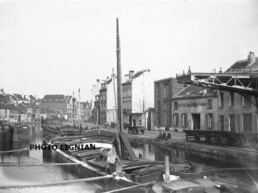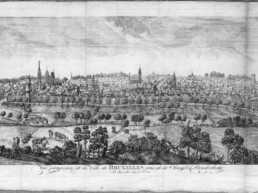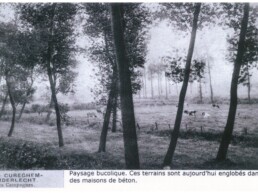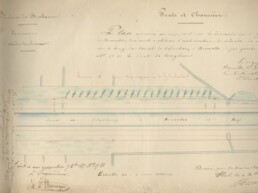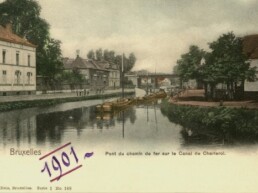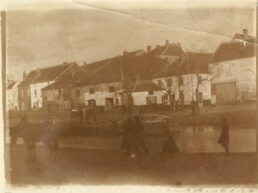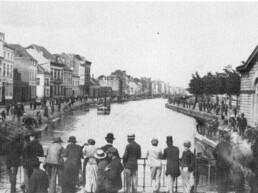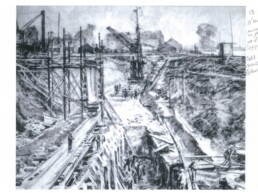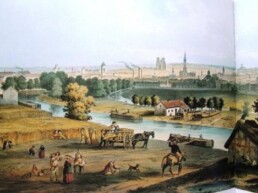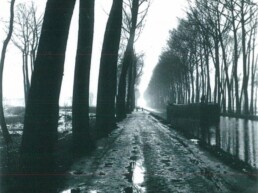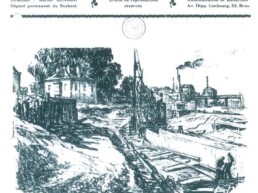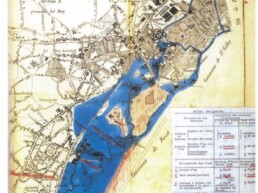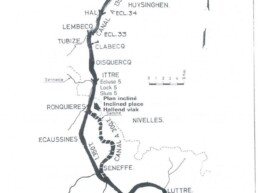The river Senne may have disappeared from the city's landscape, but the canal still allows us to enjoy the water in the city. The construction of the Brussels-Charleroi canal is a feat of civil engineering.
Inaugurated in 1827- 1832 and enlarged several times, it was built mainly to transport raw materials to the growing Brussels industry. The canal mainly transported coal extracted from the mines of southern Belgium. A technical feat of note is the Ronquières inclined plane, a boat elevator built after World War II to increase the capacity of the canal. Let yourself be carried away by the film about life on the Brussels-Charleroi Canal, and its sister canal, the Willebroek Canal, which connects the Dyle River to the Scheldt River as far as Antwerp: the route from Brussels to the world. How was the canal built and adapted?How do the locks work?What role does the canal play in river transport in Belgium and Europe?What are its technical characteristics?Did you know that Brussels had an important port activity? Of course, the canal no longer has the importance it had in the past for transport. Can it regain this role, in competition with other means of transport? Or are other functions reserved for it?
NOTRE CANAL
Contact us
02 899 93 01


